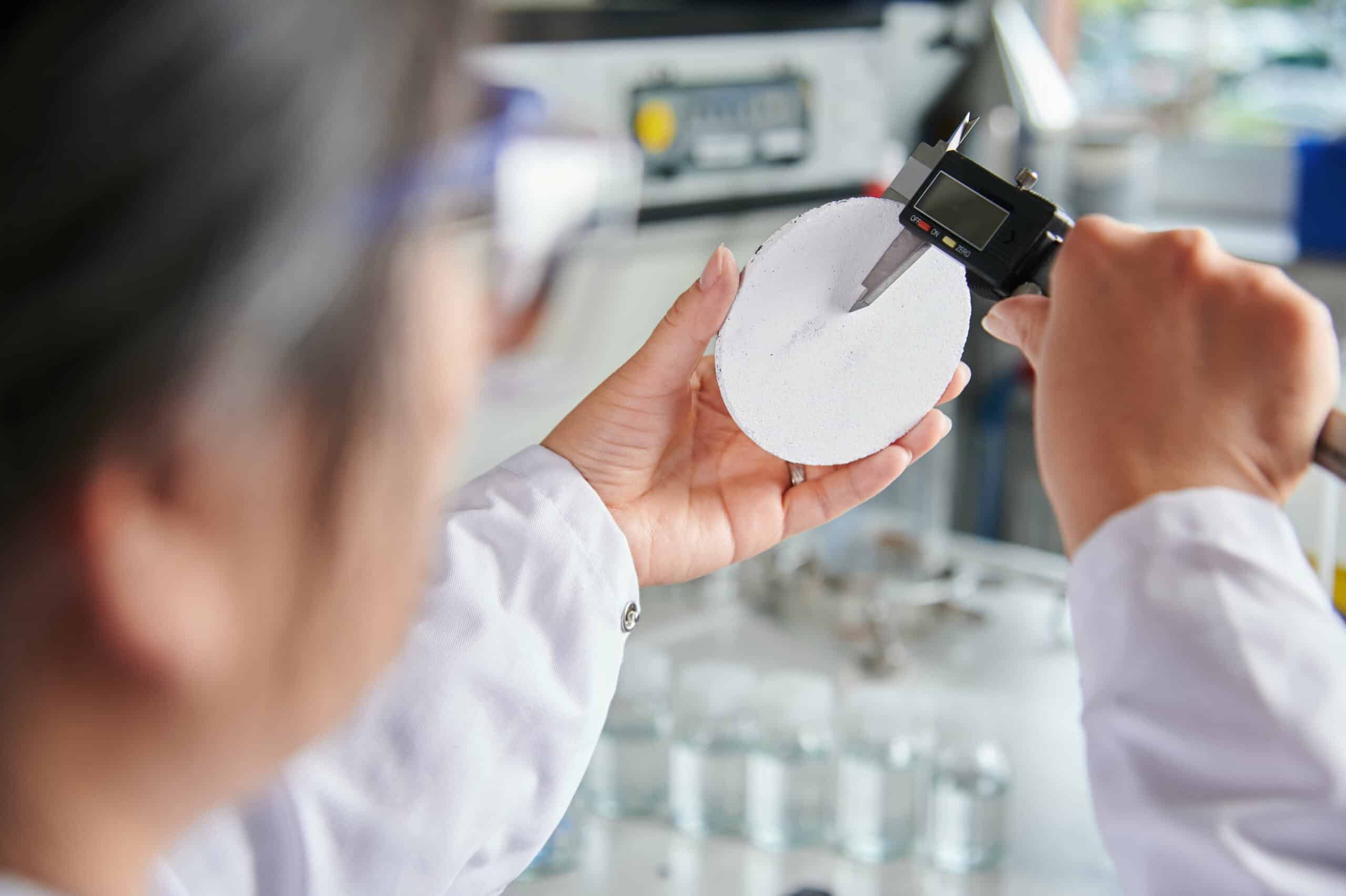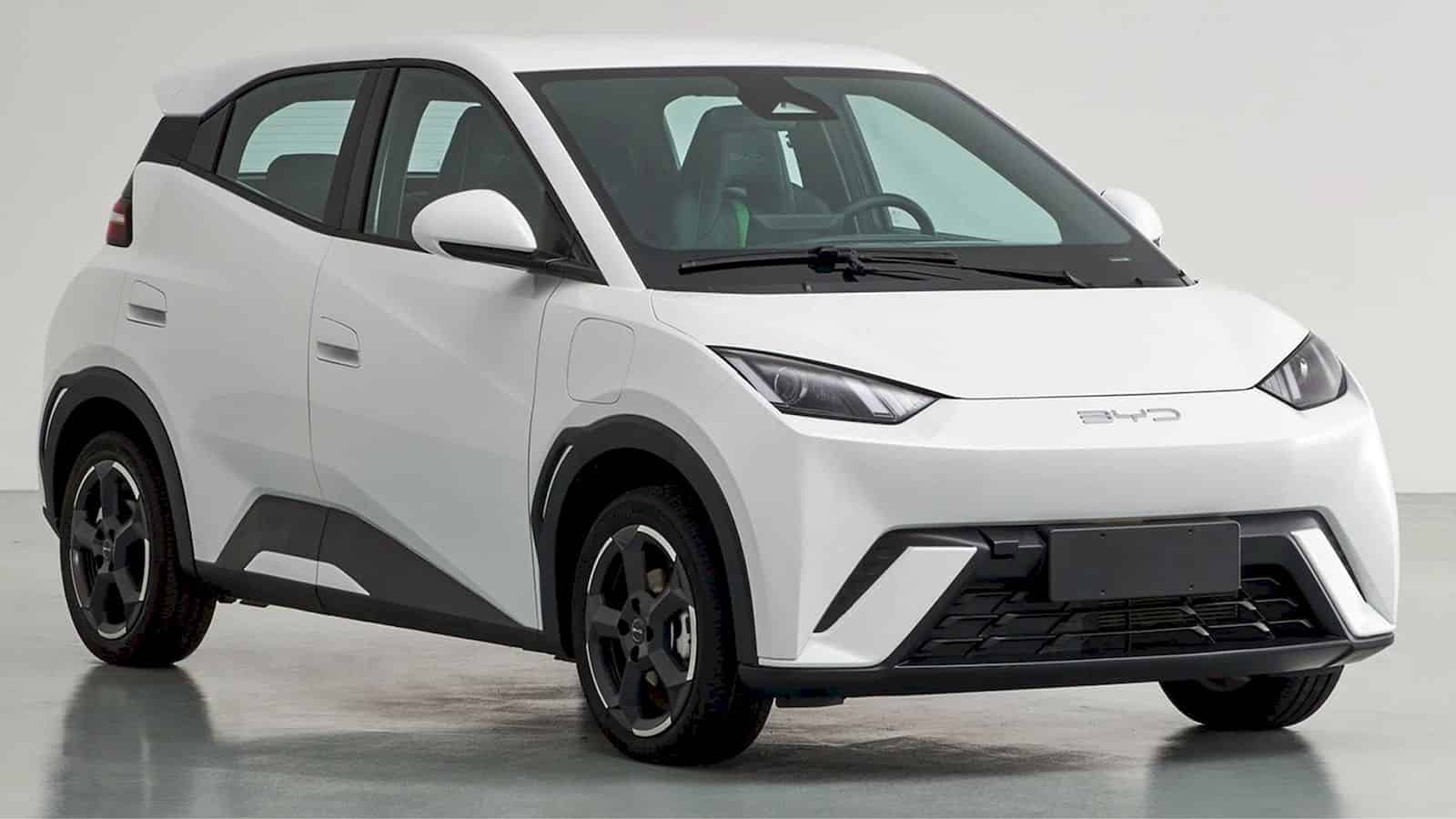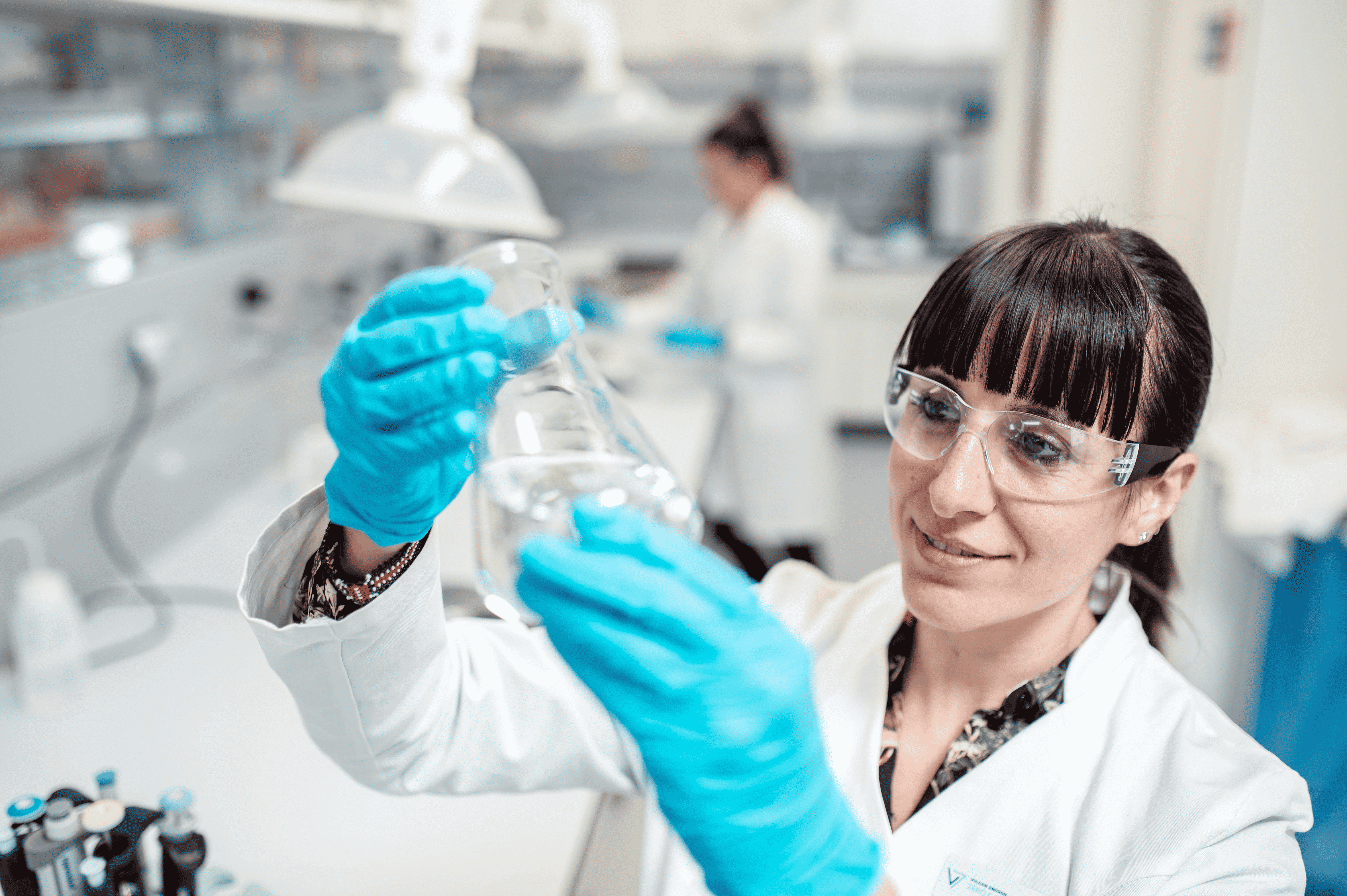
The EU Commission expects to reach preliminary accords by the end of September, which will broaden access to crucial minerals and metals, such as lithium for electric vehicle batteries. This move marks a significant step in the EU’s pursuit of a less carbon-intensive economy and opens the door to potential partnerships in South America and beyond. As part of the EU Raw Materials Strategy, diplomacy has been prioritised, with strategic partnerships and policy dialogues established with non-EU countries to ensure access to raw materials on global markets.
Reducing dependency on China and Russia
The main objective of the EU’s raw materials diplomacy strategy is to reduce dependency on China and Russia, which currently dominate the market on critical raw materials. These agreements are expected to be signed in the first half of 2023, according to Bloomberg. They will enable the EU to secure lithium, copper, cobalt, nickel, and rare earth elements (REEs) essential for green energy, electric vehicles (EVs), and digital technology. Argentina and Chile possess significant lithium and copper reserves, with Argentina being the world’s fourth-largest lithium producer and Chile the leading copper producer.
European Commission Vice-President Maros Sefcovic highlighted the importance of these agreements, stating that “Europe’s green and digital transitions are inextricably linked to our ability to secure a reliable supply of critical raw materials”. He also emphasised that Argentina and Chile are strategic partners for Europe in this regard.
Diversifying sources and strengthening domestic production
As part of its raw materials diplomacy strategy, the EU aims to diversify sources, strengthen domestic production, improve recycling, and stockpile critical raw materials. The EU currently has 30 critical raw materials, and demand for lithium, cobalt, and graphite is expected to increase 20-fold by 2030. In 2020, the EU held a High-Level Economic and Trade Dialogue on raw materials with China, but the proposed EU-China Comprehensive Agreement on Investment was paused in 2021 due to human rights concerns.
Sanjeev Gupta, executive chairman of GFG Alliance, noted that “China dominates the market on critical raw materials, and the EU has realised it needs to do something about it”. He added that “Europe can’t rely on China for its supply of critical raw materials, so it’s looking elsewhere”.
Environmental and social concerns
Despite the potential benefits of these agreements, the EU’s raw materials diplomacy strategy has been criticised for its environmental and social impacts in partner countries. Mining can cause deforestation, water pollution, and displacement of local communities. Lucas Noura, a researcher at the European Environmental Bureau (EEB), argued that “the EU’s strategy isn’t really addressing the environmental and social issues related to mining”.
Further investigation is needed to unveil the specific terms and conditions of the agreements between the EU, Argentina, and Chile, including financial, environmental, and social commitments. Additionally, the impact on local economies and communities in Argentina and Chile, as well as the long-term effects on their mining industries, should be carefully considered.
Future partnerships and cooperation
The EU’s Raw Materials Strategy goes beyond Argentina and Chile, encompassing strategic partnerships and policy dialogues with countries such as Brazil, Canada, China, Colombia, Greenland, Japan, Mexico, Peru, the United States, Uruguay, EuroMed countries, and the African Union. These dialogues focus on topics such as raw materials production, trade, recycling, criticality, and rare earths. The EU also participates in international forums and supports the Organisation for Economic Co-operation and Development (OECD) work on raw materials.
As the European Union moves towards a greener and more digitalised future, securing access to critical raw materials is essential. The agreements with Argentina and Chile mark a significant step in this direction, opening the door to potential partnerships in South America and beyond, while also raising important questions about the environmental and social implications of these deals.







